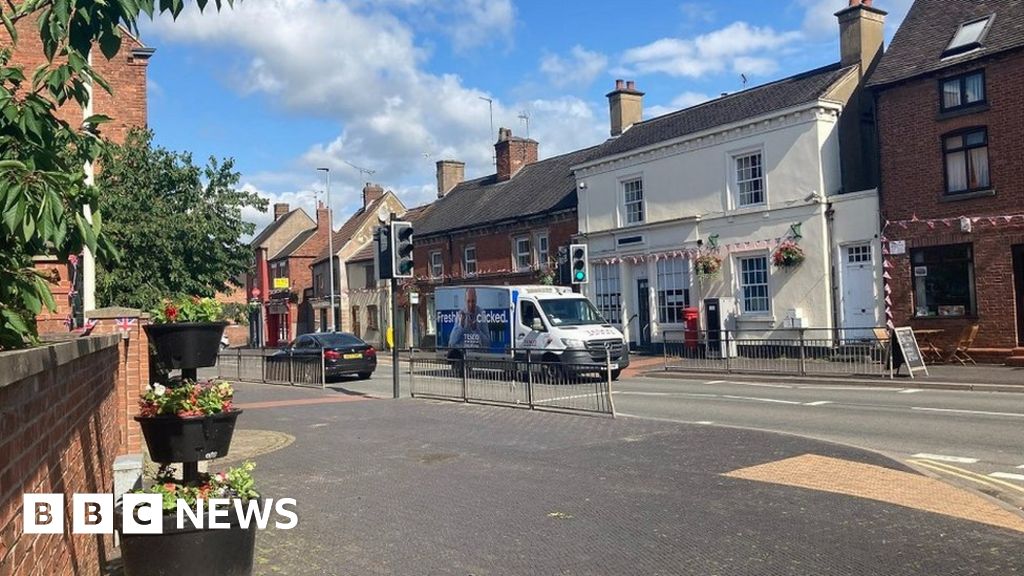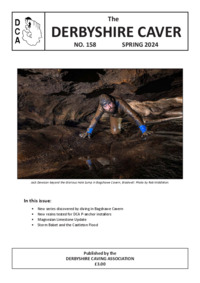Although triggered by earthquakes, tsunami waves are different from the waves in the rock. In deep ocean, tsunami waves are gravity waves with a low height above the surface, a long wavelength and high speed. They therefore have a lot of energy. Water being fluid, the passage of the wave doesn't dissipate significant energy. When they enter shallower water, the long wavelength cannot be maintained, but the energy is still there, so the wave height has to increase.
Earthquake waves in rock are mainly compression or shear waves (that's a simplification) and dissipate with distance from the fracture; the higher the frequency the faster they attenuate. The soil column above the bedrock tends to amplify the motion; depending on soil type and depth, the natural vibration frequency will resonate with some components of the earthquake vibration. The motion at the surface is therefore greater than at the bedrock. Sometimes it can be a lot greater, and in addition there will be movement on unstable slopes or where saturated ground has temporarily liquefied.
So we might expect that near surface shafts (particularly dug shafts) might be damaged, but caves and mines within the rock will see less movement. Anything unstable, however, may well move; if the ground acceleration is 0.1g, that's the same as tilting it about 6º. I haven't calculated the natural frequency of typical stal but my guess is that it will be rigid enough not to resonate.




